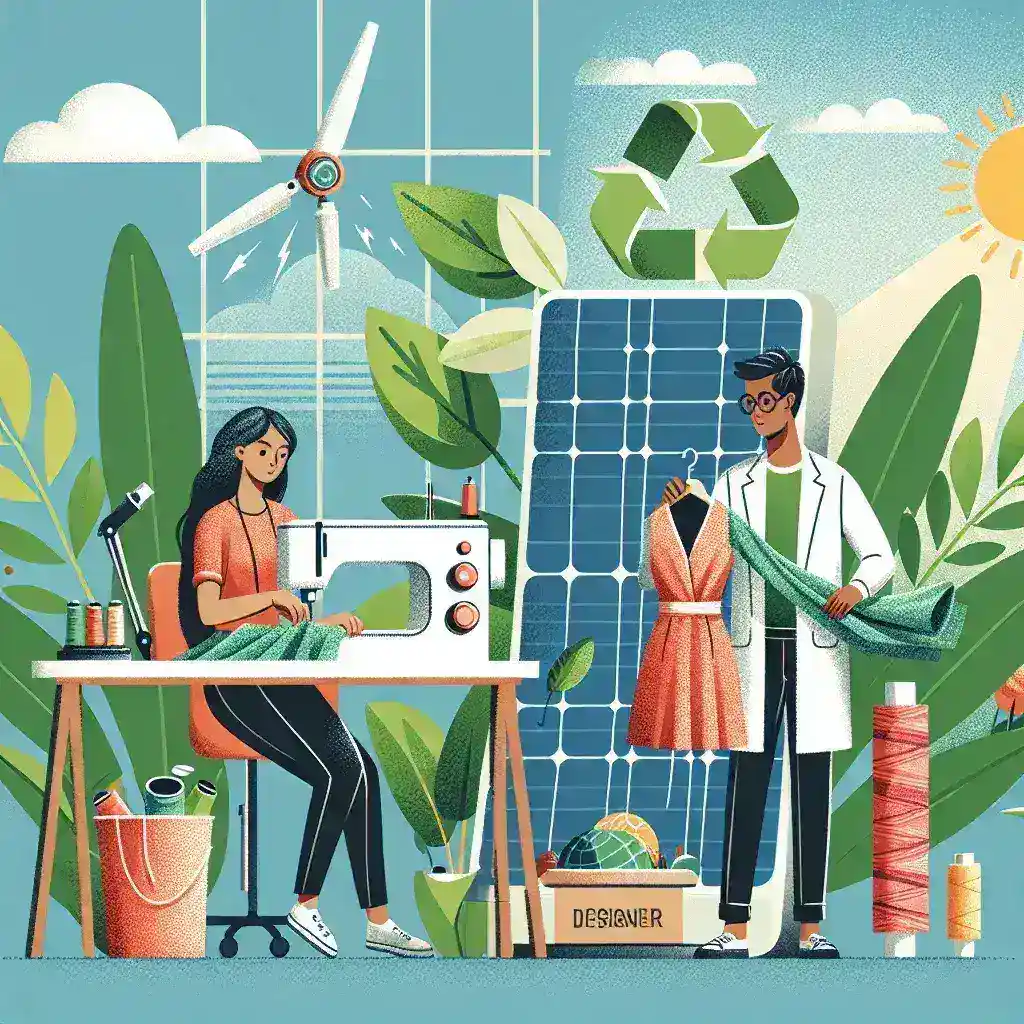Introduction
Sustainable fashion is gaining traction as consumers become increasingly aware of the environmental impacts of their purchasing decisions. As environmental concerns mount, the fashion industry faces scrutiny for its resource-intensive practices. However, the emergence of technology presents a promising avenue for driving eco-friendly innovation. In this article, we will explore how technology is revolutionizing sustainable fashion and reshaping the industry for a greener future.
The Need for Sustainable Fashion
Before delving into technological advancements, it is crucial to understand why sustainable fashion is needed. The fast fashion industry is notorious for its negative impact on the environment and society. Some statistics that highlight this include:
- Approximately 92 million tons of textile waste are generated each year.
- Water consumption in textile production can range from 2,000 to 5,000 gallons per pound of fabric.
- Fast fashion contributes to social issues, including labor exploitation and hazardous working conditions.
With these factors in mind, the fashion industry must adapt and innovate to address these challenges.
Technological Innovations in Sustainable Fashion
1. Eco-Friendly Materials
One of the most significant advancements in sustainable fashion is the development of eco-friendly materials. These materials minimize environmental impact while meeting consumer demands for style and comfort. Notable innovations include:
- Recycled Fabrics: Brands are increasingly using recycled materials, such as plastic bottles and old textiles, to create new fabrics. For example, Repreve® is a popular recycled fiber made from plastic bottles.
- Bio-Based Textiles: Innovations like Tencel® and Piñatex, made from natural resources such as eucalyptus trees and pineapple leaves, respectively, provide eco-friendly alternatives to conventional fabrics.
- Natural Dyeing Techniques: Technology has enabled the use of plant-based dyes that are less harmful to the environment and produce vibrant colors without the toxic chemicals found in synthetic dyes.
2. Blockchain Technology
Blockchain technology is transforming supply chain transparency in the fashion industry. By using blockchain, brands can provide detailed information about the origin of their materials, production processes, and working conditions. This transparency helps consumers make informed choices and promotes ethical practices. Some potential benefits include:
- Increased accountability: Brands can be held accountable for their practices.
- Consumer awareness: Shoppers can easily verify the sustainability claims of their favorite brands.
- Reduced counterfeiting: Blockchain helps eliminate counterfeit goods that might mislead consumers.
3. 3D Printing
3D printing technology is another innovation that can significantly reduce waste in fashion production. Instead of cutting fabric, designers can create garments using precise digital models, thus minimizing material waste. Additionally, 3D printing allows for:
- On-Demand Production: 3D printing enables brands to produce items only when ordered, reducing unsold inventory.
- Customization: Consumers can personalize their garments, leading to greater satisfaction and less likelihood of returns.
4. Artificial Intelligence (AI)
Artificial Intelligence is becoming a game-changer in sustainable fashion by helping brands predict trends and optimize production processes. Through data analysis, AI can:
- Optimize supply chains: AI predicts demand, reducing overproduction and waste.
- Enhance recycling processes: Machine learning algorithms help in sorting and recycling textiles more efficiently.
- Guide consumer choices: AI-powered recommendation systems suggest sustainable options based on consumer preferences.
5. Virtual Reality (VR) and Augmented Reality (AR)
Virtual and augmented reality technologies offer innovative solutions for consumer engagement without the need for physical products. Shoppers can:
- Experience products in immersive environments without the physical need for samples or excessive inventory.
- Visualize clothing on themselves through virtual fitting rooms, minimizing returns.
Case Studies of Technological Innovations in Sustainable Fashion
1. Adidas and Parley for the Oceans
Adidas has partnered with Parley for the Oceans to create a line of shoes made from recycled ocean plastic. This collaboration showcases how large brands can leverage technology and partnerships for positive environmental impact.
2. Stella McCartney
Stella McCartney is renowned for her commitment to sustainability, utilizing technology to create alternatives to leather and fur. Her brand innovates with bio-fabricated materials and engages consumers with transparent supply chain practices.
3. H&M’s Conscious Collection
H&M has launched its Conscious Collection, featuring garments made from sustainable materials such as organic cotton and recycled polyester. The brand has also invested in technology to enhance recycling processes, aiming to close the loop in fashion.
Challenges in Implementing Technology for Sustainability
While the potential of technology in sustainable fashion is promising, several challenges still exist:
- Costs: Implementing new technologies can be expensive, particularly for small brands.
- Consumer Awareness: Many consumers are still unaware of sustainable fashion options and technologies.
- Scalability: While innovative technologies may work at a small scale, scaling these solutions for mass production can be complex.
The Future of Sustainable Fashion
The future of sustainable fashion is bright, thanks to ongoing technological advancements. As awareness grows and consumers demand greener options, the industry is likely to undergo significant transformation. Key trends that may shape the future include:
- Increased collaboration between brands and tech companies.
- Higher standards for sustainable practices across the industry.
- A greater emphasis on circular fashion and zero-waste initiatives.
Conclusion
Technology is driving eco-friendly innovation in sustainable fashion, offering solutions to some of the industry’s most pressing challenges. From eco-friendly materials to blockchain transparency, advancements are reshaping the way consumers and brands approach clothing. As we move forward, embracing these changes will be crucial for creating a more sustainable and responsible fashion landscape, benefitting both the planet and future generations.

